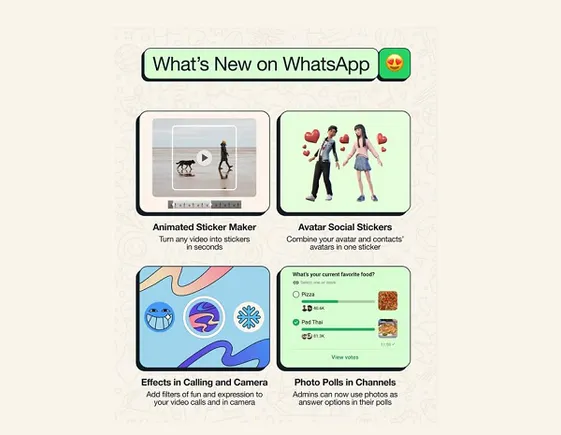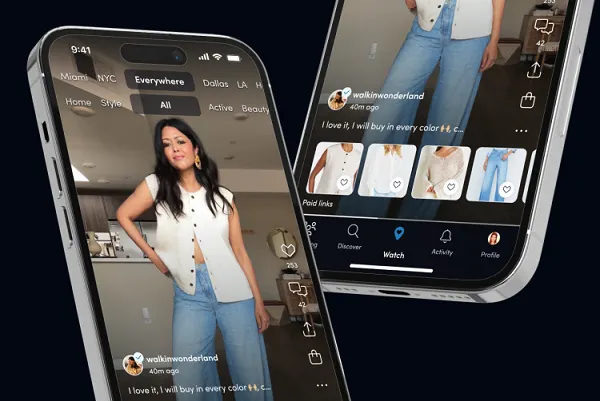How to create an effective Facebook ads strategy in 2025
Facebook ads can be incredibly powerful — when they’re done right. Most marketers say it consistently delivers a better ROI than any other social media platform.

Facebook ads can be incredibly powerful — when they’re done right. Most marketers say it consistently delivers a better ROI than any other social media platform.
There’s just one catch — you need a solid Facebook ad strategy in place before you dive in. Otherwise, Meta’s evolving algorithms, changing audience expectations, and the nuance of different ad types can make things expensive fast.
I work with clients every day who use Facebook ads and rely heavily on ad experts who stay current on best practices. To help you develop a smarter, more effective Facebook ad strategy, I’ve connected with several pros and am sharing their insights in this article.
Table of Contents
- Are Facebook ads worth pursuing in 2025?
- What to Know Before Setting Up Your Facebook Ads
- 11 Facebook Ads Strategy Tips
Are Facebook ads worth pursuing in 2025?
Short answer — yes. Over 10 million businesses are actively using Facebook advertising to reach billions of active users.
Clearly, something is working:
- 43% of marketers we surveyed plan to maintain the same investment in Facebook in 2025 as last year.
- 25% plan to increase their investment in 2025.
- More marketers plan to invest the most in Facebook in 2025 than in any other social media channel.
“Facebook is still the most efficient, scalable ad network for businesses of all sizes. The real question isn’t whether it works — it’s whether you’re committed to doing what it takes to make it work,” says Zachary Murray, founder of Foreplay.co, a creative collaboration and ad inspiration platform for marketers and creative teams.
Which brings me to the longer answer — Facebook ads may or may not be the perfect fit for every business. Before you invest time, money, and energy into them, I always recommend asking three questions:
- Why are you running Facebook ads?
- What results are you hoping to achieve?
- What else needs to be in place for your ads to be effective?
Some background here: I first started playing with Facebook ads in 2012 when it was still the Wild West. You could throw $20 behind a post and see real traction — without knowing much about targeting or creativity.
Today, the platform is considerably more sophisticated, so you’ve got to have your ducks in a row and a Facebook ad strategy designed for your goals.
I share that not to scare you off but to ensure you’re thinking things through. After all, according to Nicole Morton, marketing operations manager at Keystone Click, a digital marketing agency, “Facebook remains one of the largest social platforms and provides diverse ad formats, robust targeting options, and the potential to reach a wide audience.”
So the real question isn’t should you advertise on Facebook — it should be, “How do I make sure it’s worth my time and money?”
And if you want to make sure you're picking the best Meta channel for your social media strategy, we've compared them here to help you make an informed decision.
What to Know Before Setting Up Your Facebook Ads
Based on the questions I shared above, you’ve probably guessed that you need to take a step back before you even think about opening Ads Manager, creating a Meta ad account, or developing creative assets.
Here are four things you need to know to create your first Facebook ad strategy.
1. Know your audience better than they know themselves.
If you want to reach the right people, you need to know who they are and what makes them want to click. Not all marketers subscribe to buyer personas or customer avatars, but in my experience, having them is invaluable before you do any kind of marketing — not just ads. (HubSpot has a handy tool you can use to get started.)
Demographics (age, career, income, location, etc.) are a good place to start — and absolutely necessary for targeting.
As Catherine Wilson, founder of Eviva Media, explains, “The platform allows precise targeting based on location, interests, and demographics, making it ideal for reaching your ideal customers even on a small budget.”
But to ensure your ads can really perform and drive conversions, you’ve got to dig deeper:
- What do they care about most right now?
- What’s going on in their lives that they need your solution?
- What motivates their decisions?

According to our 2025 survey, most marketers have access to the following information about their target audience:
- Basic demographics (35.46%).
- Shopping habits (34.57%).
- Past purchase history (32.08%).
- Interests and hobbies (29.04%).
Only 19.71% of marketers have access to audience pain points, so this is your opportunity to shine for the best possible ad targeting.
Better yet, by speaking directly to their mindset, you can ensure your ads feel less salesy and more like a solution. That’s what makes people stop scrolling.
2. Map your average customer journey.
Facebook ads are part of a bigger conversation that starts with what’s happening in their mind and continues based on what your customers’ next move is likely to be — both in their lives and within the context of your business.
That means understanding the steps they take as they:
- Recognize they have a problem.
- Identify what that problem is.
- Discover potential solutions.
- Become aware of me as an option.
- Choose to purchase my product.
While I often find this journey to be slightly different for each customer, most buyers generally fall into three categories, each of which needs slightly different messaging, offers, and CTAs.
- Awareness Phase (top of the funnel). Focus your ad content on the problem your audience is facing.
- Consideration Phase (middle of the funnel). Try out ads that show your solution in action.
- Decision Phase (bottom of the funnel). Offer urgency like limited-time offers, bonuses, or even something showing the benefit of getting your solution in place now.
By tailoring your ads to each stage of your customer journey, you meet your audience where they are, which makes it easier for them to say yes.
As Morton explains, “Don’t rely on a single ad to carry the success of your Facebook campaign. It should be part of a larger strategy that guides your prospects from awareness to consideration to conversion.”
Want to see this in action?
Let’s say I want to run ads for a fitness tracker. In the awareness phase, I’ll create a short, engaging video of the everyday challenges of maintaining fitness, like busy work schedules and lack of motivation.
For the consideration phase, I can create carousel ads showcasing the tracker’s features and benefits. These may include heart rate monitoring, step tracking, and sleep analysis. I can also include customer testimonials and quick illustrations of how the product integrates seamlessly into daily life.
In the decision phase, I’ll run a series of ads offering a limited-time discount on the fitness tracker and highlight the ease of purchase. I will also include a clear CTA to drive urgency and encourage immediate action.
After nailing down the customer journey, I begin segmenting my audience.
3. Segment your audience.
Grouping customers based on where they are in the customer journey helps me target people with the right offers at the appropriate time.
Here are a few examples of my potential audience segments:
- New customers. They enter my funnel as warm leads because they’re interested in my product.
- Lukewarm leads. Those who visited my website but didn’t engage. I can use retargeting ads to remind them that I have the solution to their problems.
- Engaged blog readers. Those who like my content and keep coming back for more. They’re more likely to share my posts on Facebook or make a purchase.
- Landing page visitors. They typically come to a specific landing page and are probably interested in a particular product.
- Shopping cart abandoners. They were close to buying an item, but something stopped them. So, I may need to gently push them to finish their purchase.
- Return customers. They love my brand. They’ve already purchased from me in the past and come back for more. They’re brand advocates who praise and recommend my product to their friends.
Jeremy Bogdanowicz, founder and CEO of JTB Studios, segments his audience based on their interests, which he says is always effective on Facebook because “The algorithm allows Facebook users to find content according to their interests. If they like a post or page, they will see similar posts or pages on their Facebook timelines. Thus, I find people whose interests align with our brand’s services. Afterward, I leave the rest to Facebook.”
I agree with Jeremy. Audience targeting based on their interests is a smart strategy. It ensures my ads reach people who are more likely to engage with my content, increasing their chances of opening the ads.
4. Install your Meta pixel.
Meta Pixel (formerly Facebook Pixel) is a piece of code you embed into your website to track visitors’ actions. It’s a must — no exceptions.
Pixel data delivers insights that allow you to:
- See which ads are driving results beyond clicks (whether or not your audience converts).
- Retarget people who didn’t convert.
- Optimize your campaigns.
- Create lookalike audiences and expand your reach.
I recommend checking out Meta’s step-by-step instructions to help you install Meta Pixel on your website.
Pro tip: Download our free Facebook Advertising Checklist. It will guide you through every step of setting up and optimizing your Facebook ads.
11 Facebook Ads Strategy Tips
Once you know your audience, map the journey, segment your list, and install your Pixel, it’s time to put that knowledge into action.
Now that we’ve gone over the basics, I’ll share some of my top tips for creating effective Facebook ad campaigns that can help you maximize your return on investment (ROI).
1. Combine Facebook ads with content marketing.
Running Facebook ads doesn’t mean you should stop creating helpful, relevant content — in fact, the two work better together.
One mistake I go out of my way to avoid is targeting my warm leads with ads designed to turn them into paying customers. Since warm leads aren’t ready to buy from me yet, instead of turning them off with straight sales offers, I offer them helpful content that answers their questions and solves their pain points.
Kurt Uhlir, chief marketing officer at EZ Home Search, follows the same pattern with a two-fold strategy: “First, we provide information that addresses both the emotional and logical queries pertinent to their [audience] customer journey. Secondly, we share success stories where our clients are the superheroes, not just beneficiaries, of their success.”

This approach positions his company as a valuable resource and showcases the tangible impact of their solutions through relatable narratives.
Here’s how I typically see Facebook ads work alongside content marketing:
- Create a valuable blog post, guide, or video tailored to a specific stage in the journey.
- Share it organically on Facebook.
- Boost it to reach more of your ideal audience.
- Retarget engaged viewers later with a more focused offer.
2. Collaborate with influencers who align with your brand values.
One thing I’ve realized in my experience with Facebook ads is that influencers can add a layer of authenticity you can’t get from traditional ads.
In fact, 63% of consumers are more likely to buy if an influencer they trust shares your product.
Here’s where it gets even more interesting. According to our 2025 survey of marketers:
- Only 14% report using influencers in their overall marketing strategy.
- 88% plan to invest the same or more with influencers in 2025.
- 24% see influencers as one of the biggest changes to the marketing industry.
- And 10% are trying out influencer marketing for the first time.
Momentum is clearly building here, which means influencer marketing could be a huge opportunity for you. Especially when you consider that today’s consumers want authentic content.
However, that doesn’t mean just any influencer can have this effect on your business. In fact, 28% of marketers are focusing more energy on creating content that reflects their brand values, and this likely extends to their channel partners.
With that in mind, I recommend choosing influencers who align with your brand values to ensure the partnership feels natural.
3. Use lead ads to build up your marketing list.
Having a huge Facebook following is awesome. However, you and I know that Meta “owns” our contacts. If they decide to change their algorithm or shut down, we’d lose access to those people. Not to mention what happens if people decide to leave Facebook.
To protect yourself here, I always recommend building your own marketing list. When I do this, I create a lead magnet, such as a free ebook or course, and run a lead ad. This way, my followers can give me their email addresses directly on Facebook.
That said, I’m generally cautious with this approach. I never add any steps that may cause friction for users trying to access my gift. Otherwise, I may end up losing them.
Once I have their email, I add it to my marketing list and include them in my email marketing campaigns.
A few tips here to make this effective and seamless:
- Keep the form short.
- Remove unnecessary steps.
- Follow up right away via email.
- Make sure the handoff between ad and experience feels consistent.
4. Incorporate video ads.
Videos are a powerful tool for boosting conversions and sales. Our 2024 Marketing Statistics show that 96% of people watch explainer videos to learn more about a product. Even better, 89% say these videos have convinced them to purchase.
Marketers concur. Our 2025 survey shows that product demonstrations and tutorials perform better on social media than any other type of content.
These stats clearly prove my point. That’s a huge opportunity.
Morton agrees. “We’re anticipating a greater emphasis on video and interactive content. Features like Stories, Reels, and interactive ads will become more impactful.”
And, in my experience, clients who lean into short, engaging videos see higher engagement and lower cost-per-click. Here’s what I’ve noticed tends to work best — for clients and content I’m likely to engage with:
- Keep it under 30 seconds.
- Get your hook in early — the first three seconds are best.
- Use captions so you connect with people whose sound is off.
- Focus on one simple idea per video.
And since 28% of marketers we surveyed in 2025 are already using short-form video, why not start using the videos you’ve already developed in your ads?
Or, if you’re like the 17% using long-form video, consider repurposing longer content into short clips for Facebook.
Lastly, your video doesn’t need to be super polished. In fact, behind-the-scenes-style content often performs better because it feels more authentic. Whatever you do, aim to tell a story.
Wilson shared that this approach is working really well for her clients. “When we shifted a concrete coating company’s strategy from sharing before and afters to focus on storytelling, we saw a measurable increase in both the quantity and quality of leads. People connected emotionally with the story, saw the possibilities for themselves, and were more motivated to reach out. It’s about connection, not just promotion.”
5. Create Facebook and Google ads.
While many marketers see Facebook and Google as picking one or the other, I see them as platforms that can complement each other quite nicely.
As I said earlier, my strategy always depends on my campaign objectives and the audience segment I’d like to target. So, I often choose different ad types that align with my customers’ current stage in the buyer’s journey.
For example, if I’m promoting my new fitness tracker to warm leads, Facebook ads might be the better option. I can target them with helpful content to create brand awareness, as they may not yet be ready to buy my product.
Conversely, Google ads would be more effective if I’m marketing a new computer to a returning customer. Such a person is often ready to purchase and research their options. By using the right keywords and creating targeted Google ads, I can reach them at the exact moment they’re considering buying, making it more likely they’ll choose my product.
6. Use giveaways and contests.
Something I’ve noticed when creating my social media campaigns is that Facebook contests don’t always need to focus on sales. Instead, I offer high-value prizes to increase brand awareness, which will pay off in the long run by bringing new leads into my conversion funnel.
Kelly Sullivan, the owner of Kokomo Botanical Resort, shares the impressive results he got when he offered customers a chance to win an all-expenses-paid trip to Hawaii for sharing a Facebook ad about their travel company.
According to Sullivan, “The contest spread like wildfire, increasing our Facebook page likes by over 50% and reducing our CPC (cost-per-click) by 40% within a month.”
Besides high-value prizes, I also find that partnering with brands that have similar audience personas to mine can be effective.
Amelia Munday, social media marketing specialist at Custom Neon, agrees and notes that “By partnering with other brands and posting in a ‘collaboration style’ post with other accounts, the giveaway is mutually beneficial to both brands because it allows you to garner exposure to each other’s audience and therefore increase your following and impressions!”

Note: Before creating any contests or giveaways on Facebook, review Meta’s policies to make sure you aren’t violating any of their rules.
7. Use Facebook mobile ads.
When I think about Facebook ads, one of the first things that comes to mind is the immense potential of mobile ads. Most people on social media prefer using their smartphones to desktops.
Our statistics show that 62% of Millennials and 80% of Gen Z primarily use their phones to search for what they want.
That means your ads, landing pages, and checkout flows need to load quickly, look great on a small screen, and be thumb-friendly from top to bottom.
Here’s what I recommend:
- Use vertical or square video and images — they take up more screen real estate.
- Keep headlines and copy tight and scannable.
- Test your landing pages on mobile before you run any traffic.
An otherwise “perfect” ad can flop if the mobile experience on the other side is clunky or slow. When every second counts, you’ve got to make sure everything is working right.
8. Use AI strategically to create your Facebook ads.
AI is here to stay, so this is your chance to use it to your advantage for your Facebook ad strategy.
Our Social Media Trends report shows that 48% of social media marketers use AI tools to generate text for their copy, while another 41% use AI assistants like Microsoft Copilot to automate repetitive tasks and improve productivity.
Chris Stones, strategic and operations director at Mitchell & Stones, says AI helps him serve ads in multiple languages and gives him a more accurate translation than Google Translate.
As a content curator, AI helps me save at least three hours on every piece of ad copy I create. Personally, I use HubSpot’s AI-powered content tools to:
- Turn a single blog post into multiple content formats.
- Write engaging copy for my social media posts.
- Create consistent on-brand content.
That said, AI is still far from perfect. Use it to complement your creative efforts rather than relying on it entirely.
9. Keep optimizing your ads.
Morton offers a word of caution. “Facebook ads are rarely a ‘set-and-forget’ tactic. They require ongoing monitoring, budget adjustments, fresh creative, and audience updates.”
To keep your campaigns effective, you need to keep testing, learning, and refining.
“Everything is testable,” says Murray.
Our 2025 survey of marketers shows that this is one of the biggest ways the marketing industry is changing —18% agree that actively testing new marketing channels and formats became more important over the last year.
That means it’s important to play around with new ideas and pay attention to content trends. In doing so, you’re not just reacting when something underperforms; you’re proactively looking for ways to stay ahead.
Wilson sees this in action, too. Instead of turning on an ad and hoping for the best, she advises clients to “Test different versions and scale up what performs best.”
10. Build a system that works.
Your system isn’t limited to building out an ecosystem that moves your audience smoothly through the customer journey, although this is extremely important.
Wilson explains, “Follow up with leads quickly. The businesses that respond within minutes are the ones that close the most deals.”
When I asked Murray something he wished every business knew about creating a Facebook ads strategy, he was quick to respond. “I wish more people understood just how much effort goes into making Facebook ads work. The real question shouldn’t be ‘Do we have the budget to spend on Facebook?’ — it should be ‘Do we have the capacity to create, iterate, and test consistently?’ Winning on Facebook isn’t about a single perfect ad. It’s about building a system that helps you find that ad through experimentation.”
With that in mind, you also need processes that help you:
- Test creative regularly.
- Track and compare results.
- Adjust targeting based on behavior.
- Iterate without starting from scratch every time.
11. Obsess over your creative.
At the end of the day, targeting only gets you so far. It’s your creative — the message, the hook, the visual, the vibe — that grabs attention and moves people to act.
“As ad platforms mature — just like TV and radio before them — the only lever that continues to matter is the creative itself,” Murray says. “Your job is to make something that’s worth watching, and ideally, worth sharing.”
That’s why creative fatigue is real. Even great ads lose steam over time. You need a steady stream of fresh, scroll-stopping content that aligns with your audience’s mindset and the moment they’re in.
Morton echoes this as well. “We start with a data-driven approach. Experiment with different ad creatives, messaging, and audience segments to dial in your campaign. Then use that data to iterate and refine your strategy.”
If you’re not putting as much energy into your ad creative as your budget, you’re missing the lever that matters most.
Create Effective Facebook Ads Today
If you take one thing away from this article, I hope it’s that Facebook ads can still work incredibly well as long as you don’t expect them to work on autopilot or in a vacuum.
My experience creating Facebook ad strategies has taught me that nothing will work if I don’t know who my message is meant for.
With that in mind, you need a Facebook ads strategy that factors in how you meet your audience’s needs and your systems for creating, testing, and refining those ads, as well as following up with them.
If you’re ready to dive in, be sure to consider the questions and strategies I’ve shared here to drive higher engagement and boost your conversion rates.
Editor's note: This post was originally published in January 2022 and has been updated for comprehensiveness.
![]()













_1.jpg)



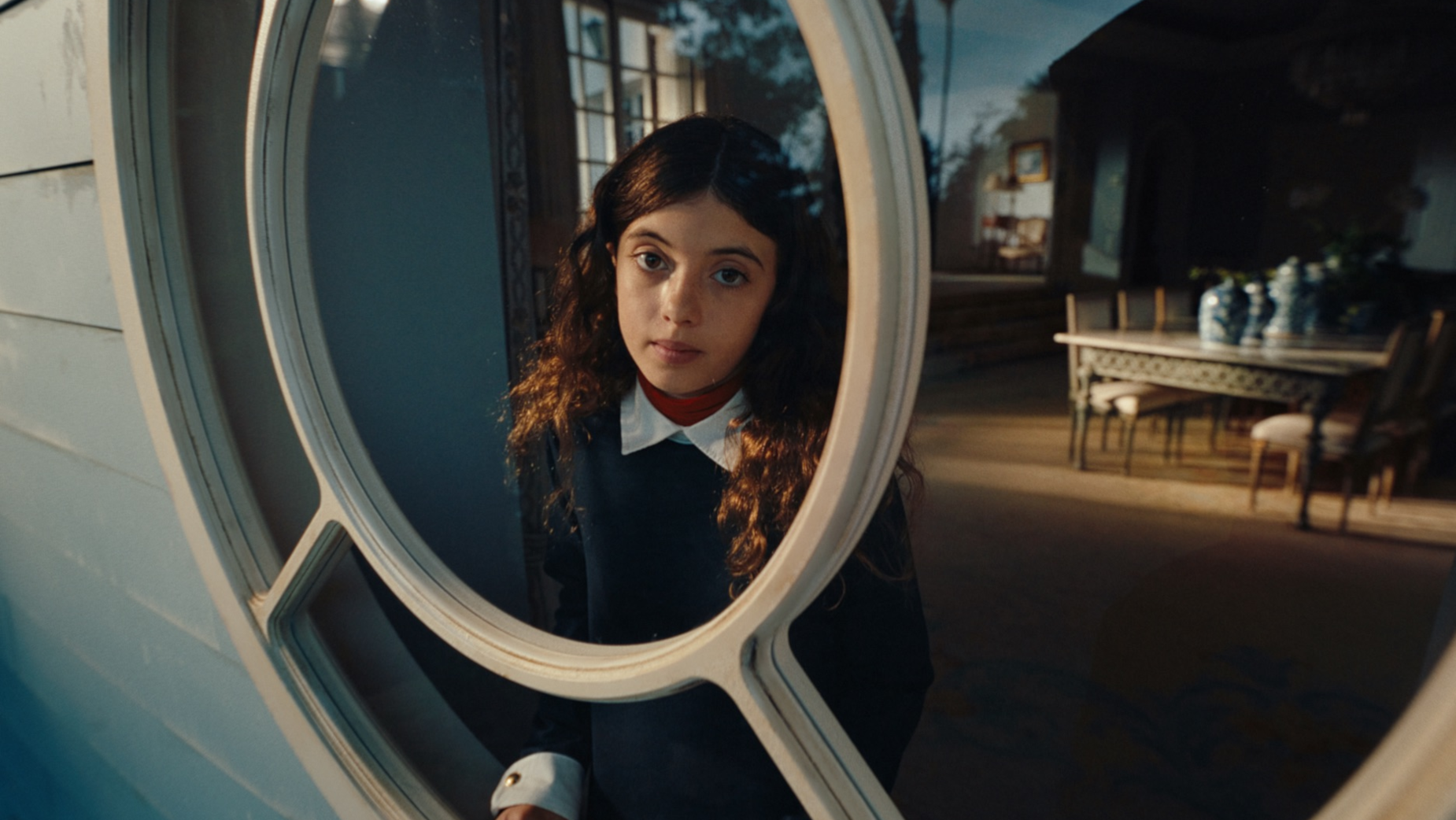
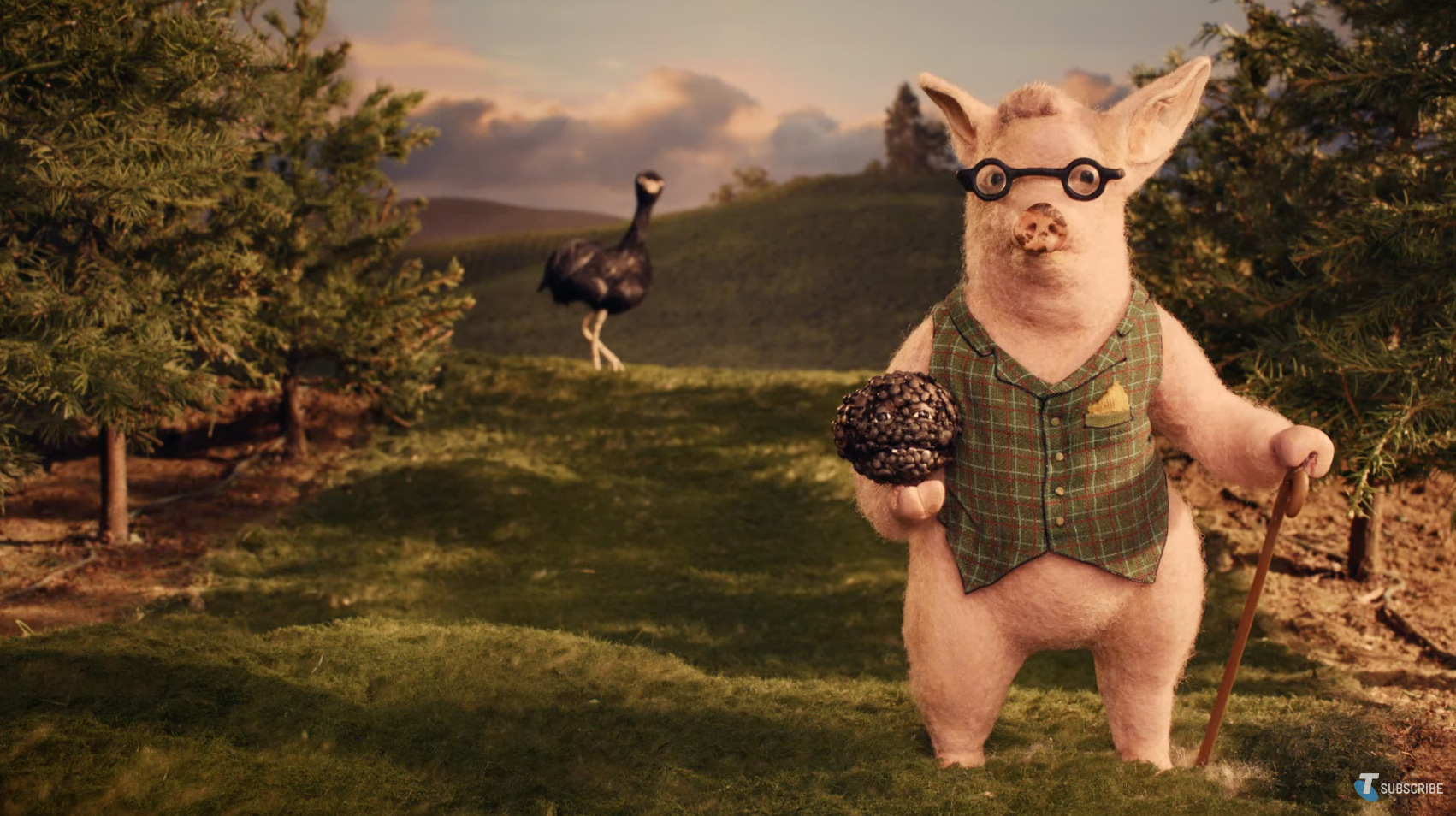
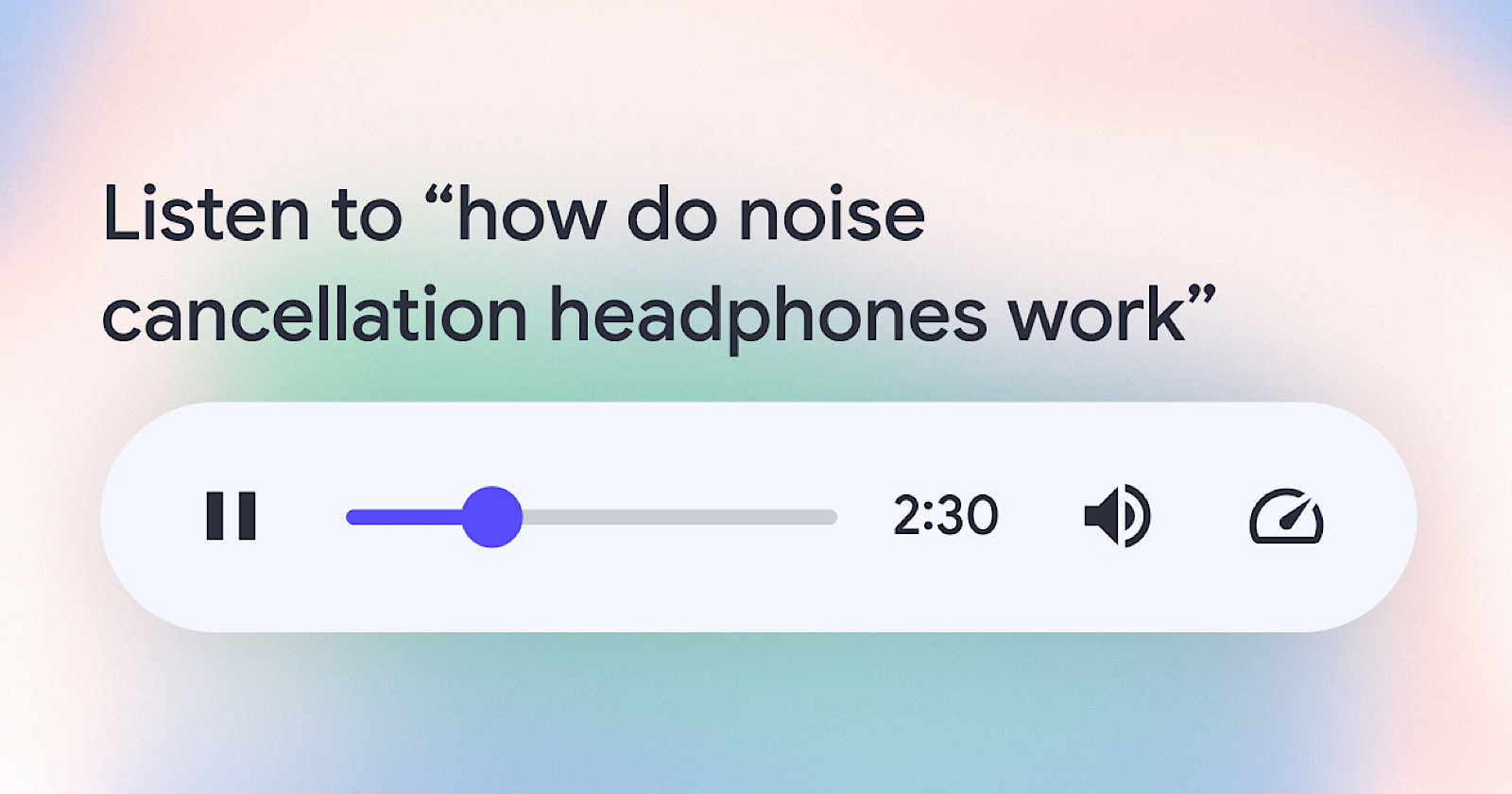

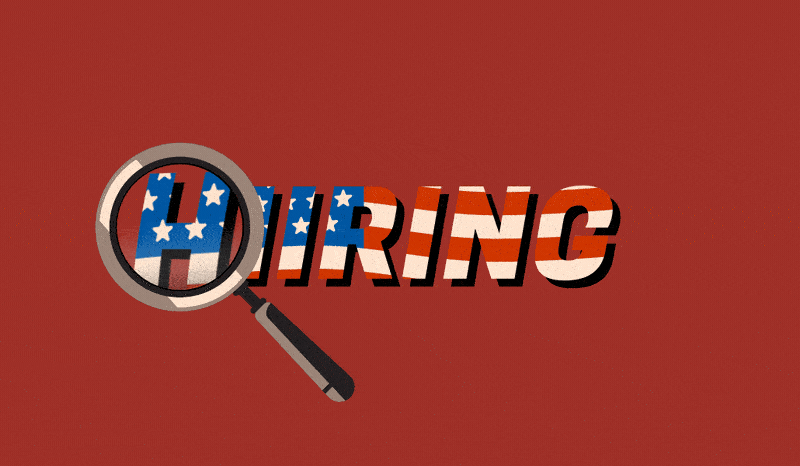


![Brand and SEO Sitting on a Tree: K-I-S-S-I-N-G [Mozcon 2025 Speaker Series]](https://moz.com/images/blog/banners/Mozcon2025_SpeakerBlogHeader_1180x400_LidiaInfante_London.png?auto=compress,format&fit=crop&dm=1749465874&s=56275e60eb1f4363767c42d318c4ef4a#)

![How To Launch, Grow, and Scale a Community That Supports Your Brand [MozCon 2025 Speaker Series]](https://moz.com/images/blog/banners/Mozcon2025_SpeakerBlogHeader_1180x400_Areej-abuali_London.png?auto=compress,format&fit=crop&dm=1747732165&s=beb7825c980a8c74f9a756ec91c8d68b#)
![Clicks Don’t Pay the Bills: Use This Audit Framework To Prove Content Revenue [Mozcon 2025 Speaker Series]](https://moz.com/images/blog/banners/Mozcon2025_SpeakerBlogHeader_1180x400_Hellen_London.png?auto=compress,format&fit=crop&dm=1747758249&s=9f3c5b1b7421f862beace1cb513053bb#)











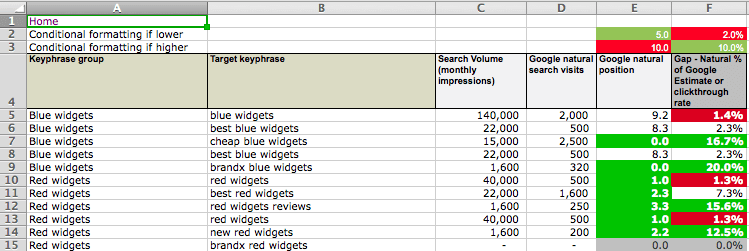
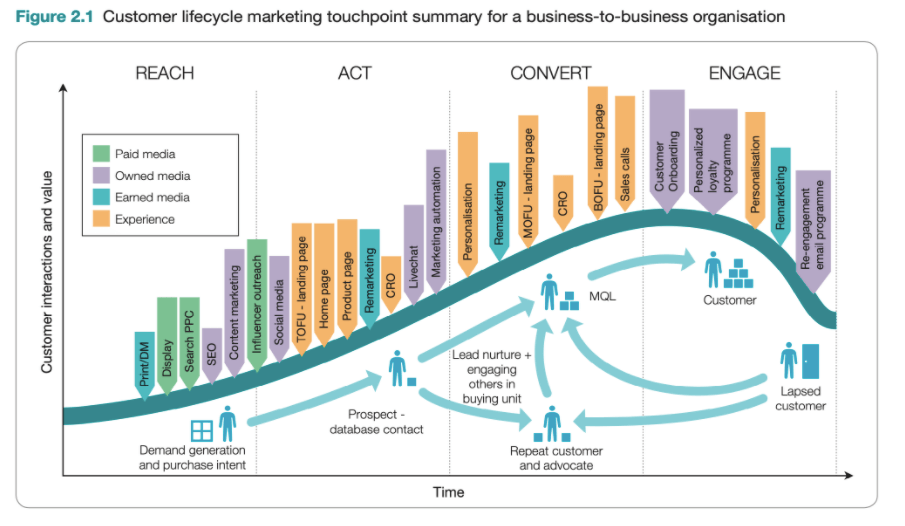











![The 11 Best Landing Page Builder Software Tools [2025]](https://www.growthmarketingpro.com/wp-content/uploads/2024/04/best-landing-page-software-hero-image-1024x618.png?#)



































![How to Create an SEO Forecast [Free Template Included] — Whiteboard Friday](https://moz.com/images/blog/banners/WBF-SEOForecasting-Blog_Header.png?auto=compress,format&fit=crop&dm=1694010279&s=318ed1d453ed4f230e8e4b50ecee5417#)

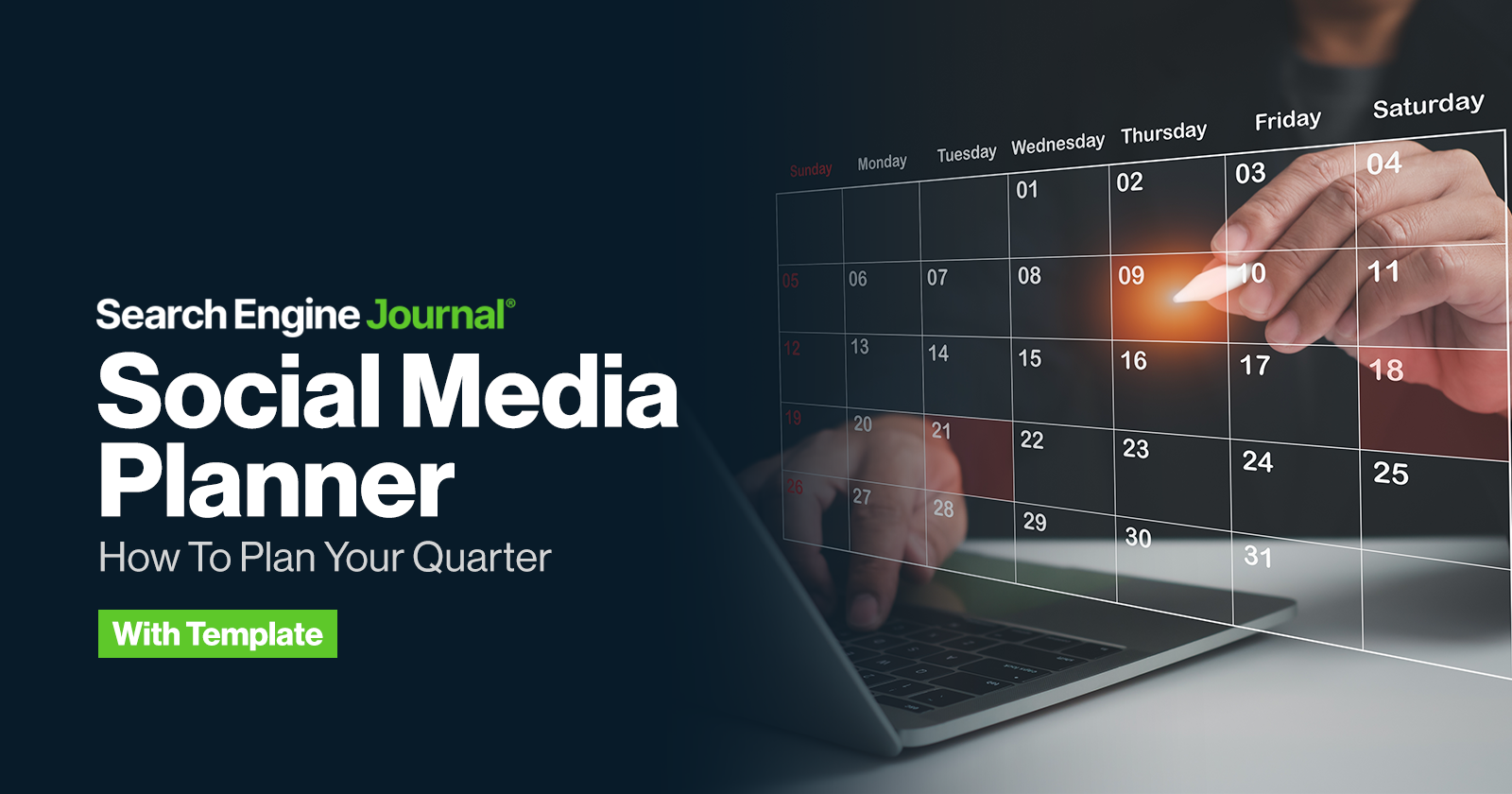

![How To Build AI Tools To Automate Your SEO Workflows [MozCon 2025 Speaker Series]](https://moz.com/images/blog/banners/Mozcon2025_SpeakerBlogHeader_1180x400_Andrew_London-1.png?auto=compress,format&fit=crop&dm=1749642474&s=7897686f91f4e22a1f5191ea07414026#)


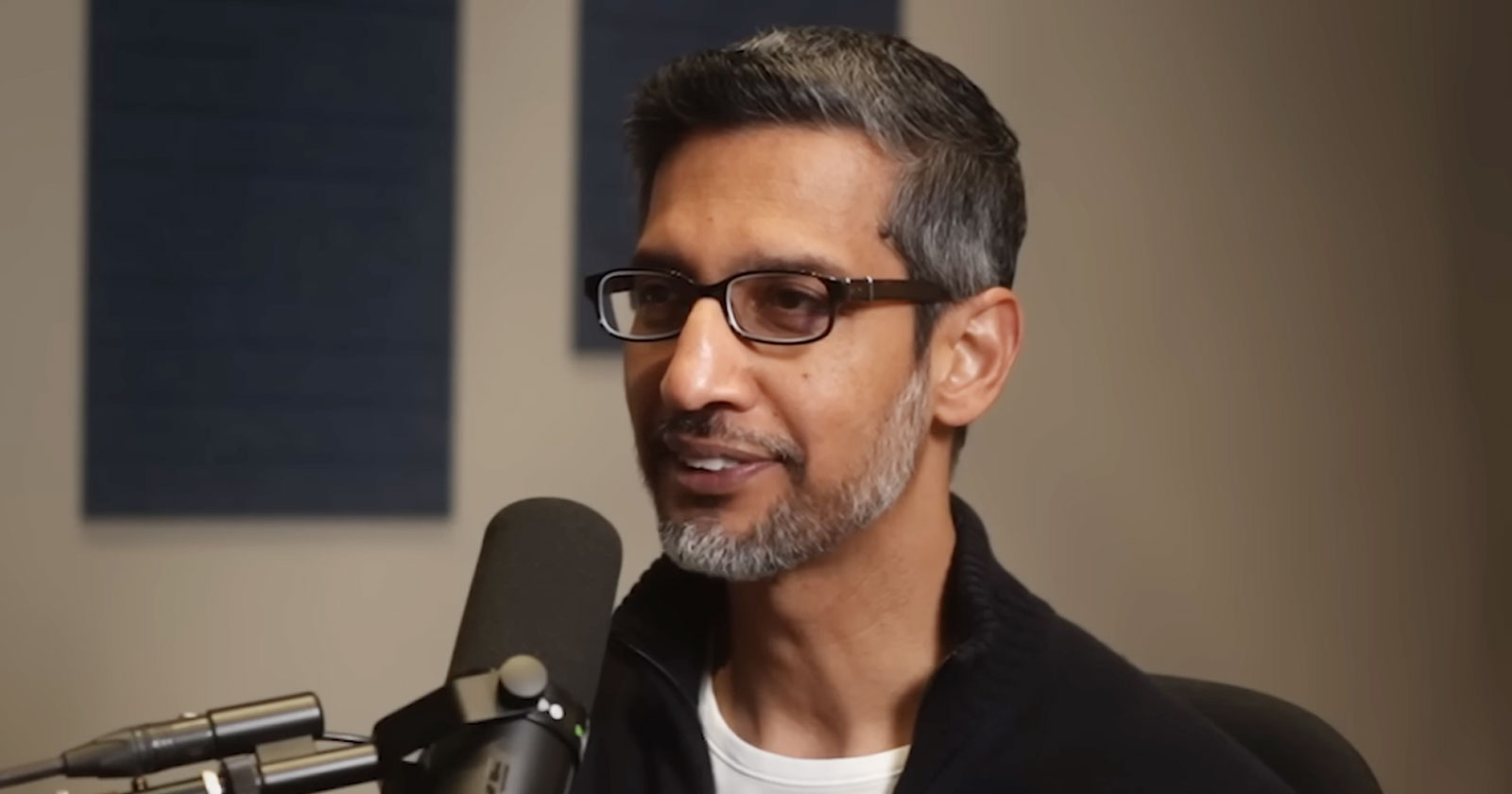
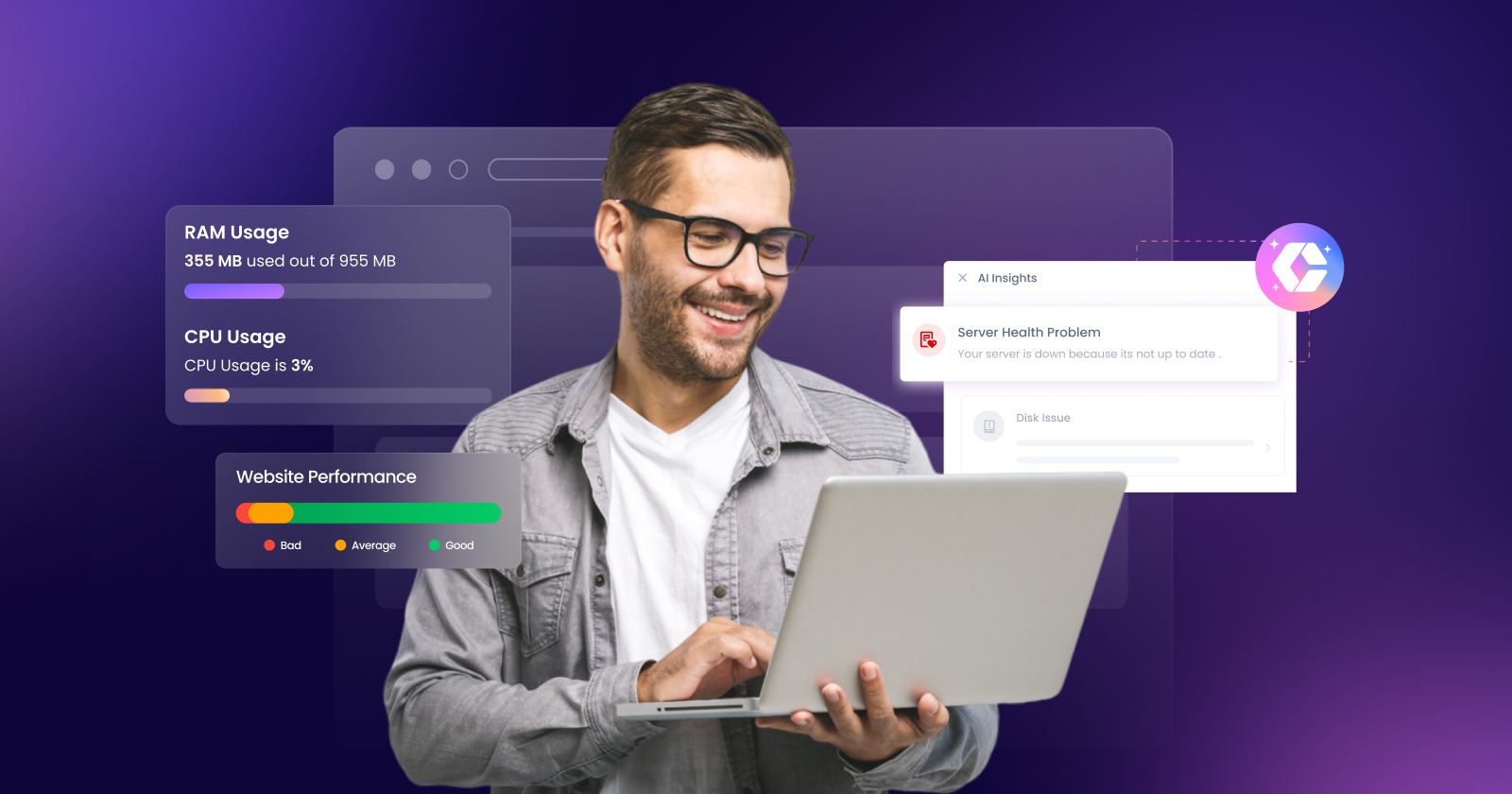
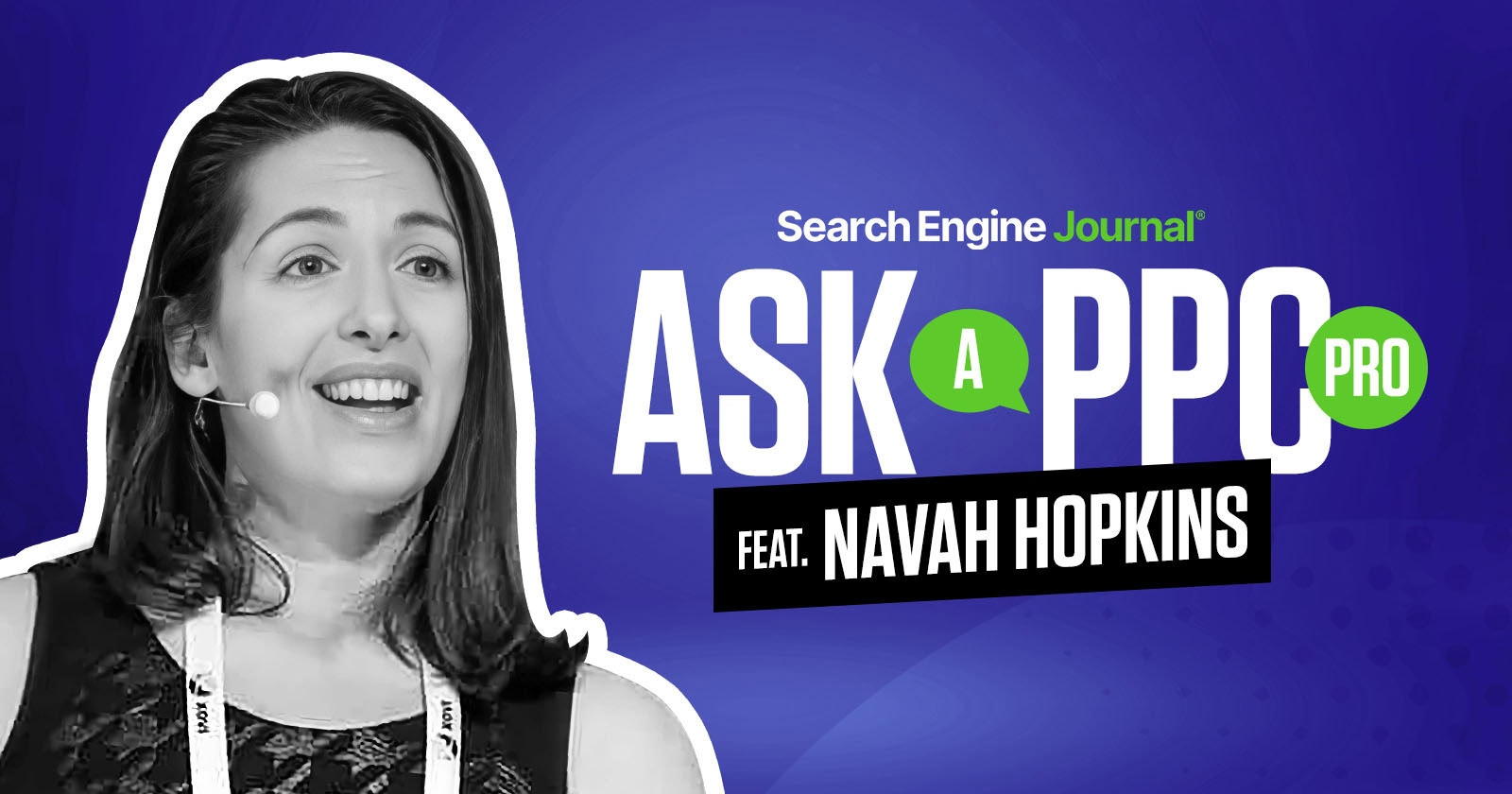






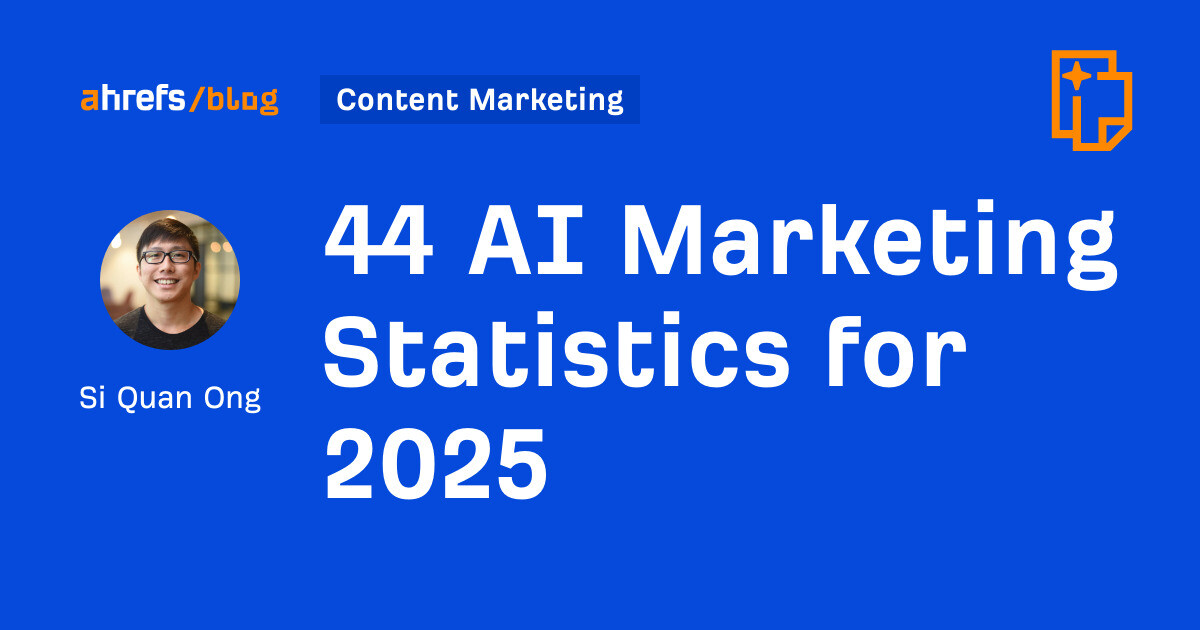
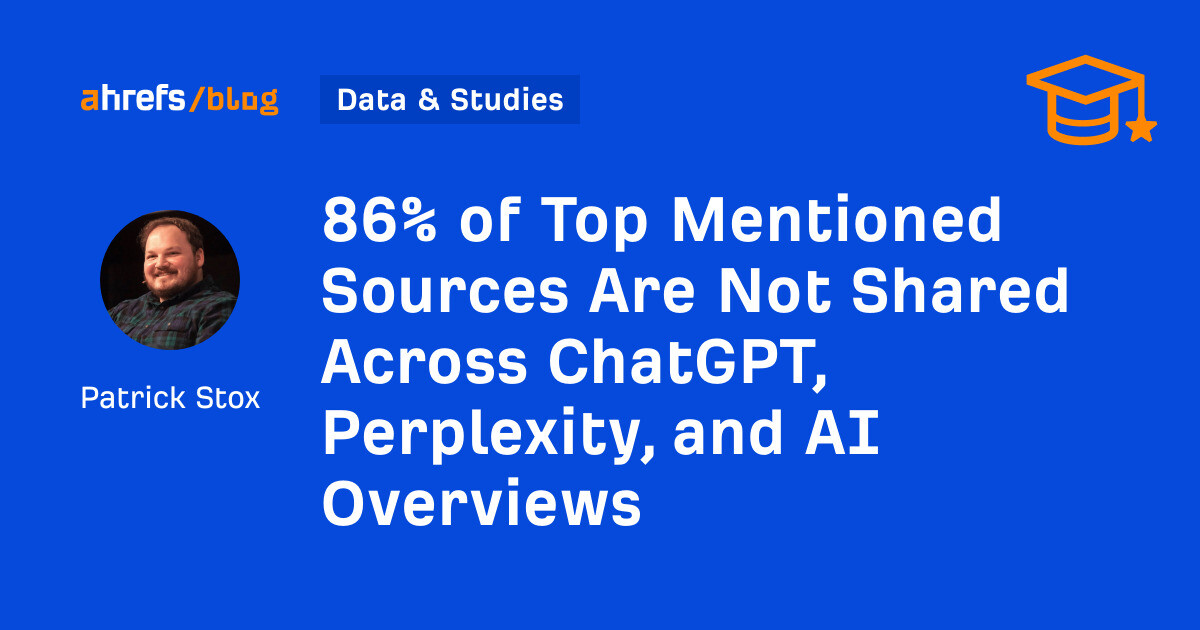
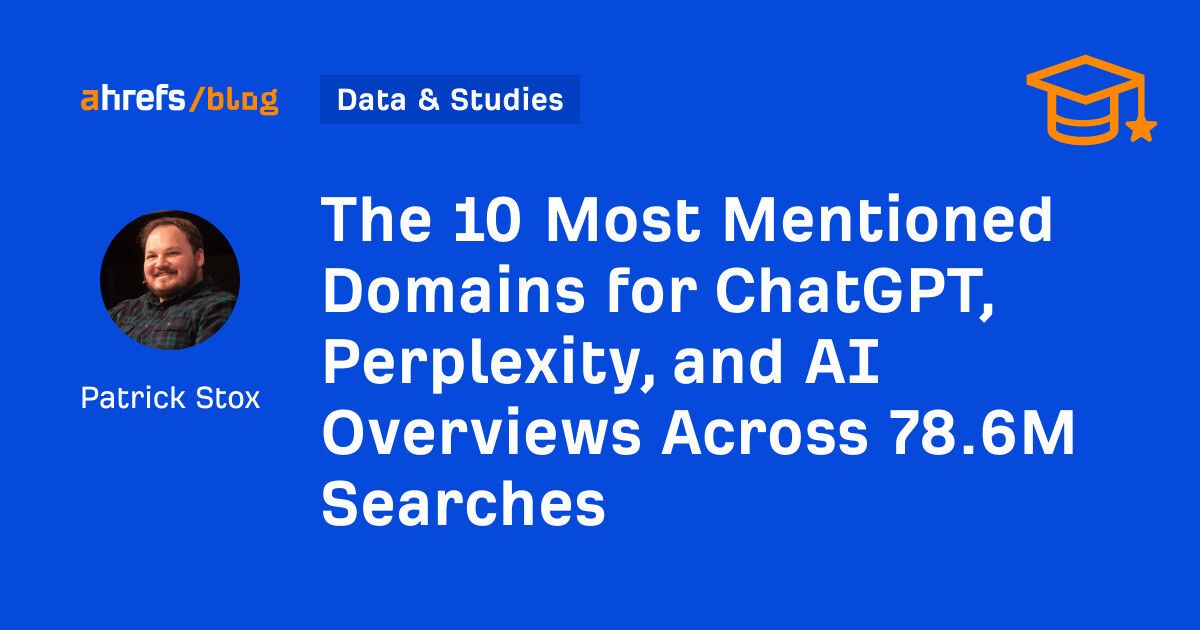
![Marketers Using AI Publish 42% More Content [+ New Research Report]](https://ahrefs.com/blog/wp-content/uploads/2025/06/marketers-using-ai-publish-42-more-by-ryan-law-data-studies-1.jpg)
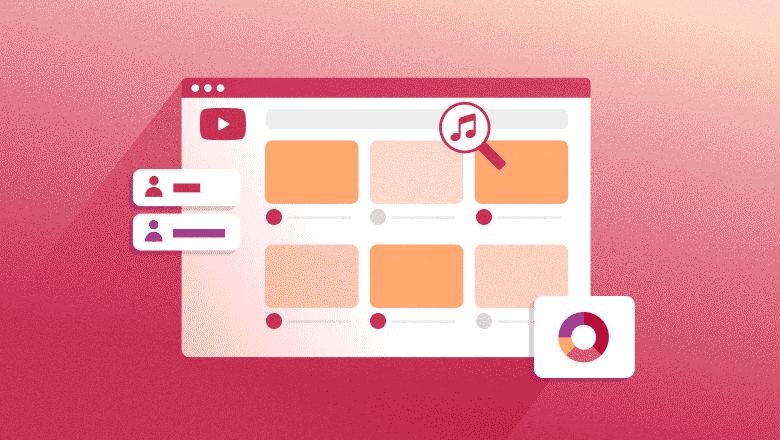

![Instagram hashtags: How to find best hashtags for Instagram [+ list]](https://media.sproutsocial.com/uploads/2023/07/Instagram-hashtags-how-to-find-and-use-the-best-hashtags-Final.jpg)









![Brand pitch guide for creators [deck and email templates]](https://blog.hootsuite.com/wp-content/uploads/2022/06/brand-pitch-template.png)



![The HubSpot Blog’s AI Trends for Marketers Report [key findings from 1,000+ marketing pros]](https://www.hubspot.com/hubfs/state-of-AI-1-20240626-53394.webp)
![AI can boost conversions from your web page — HubSpot’s CMO shows you how [tutorial]](https://knowledge.hubspot.com/hubfs/ai-1-20250605-395473.webp)
![The state of inclusive marketing in 2025 [new data + expert insight]](https://www.hubspot.com/hubfs/inclusive-marketing-report.webp)
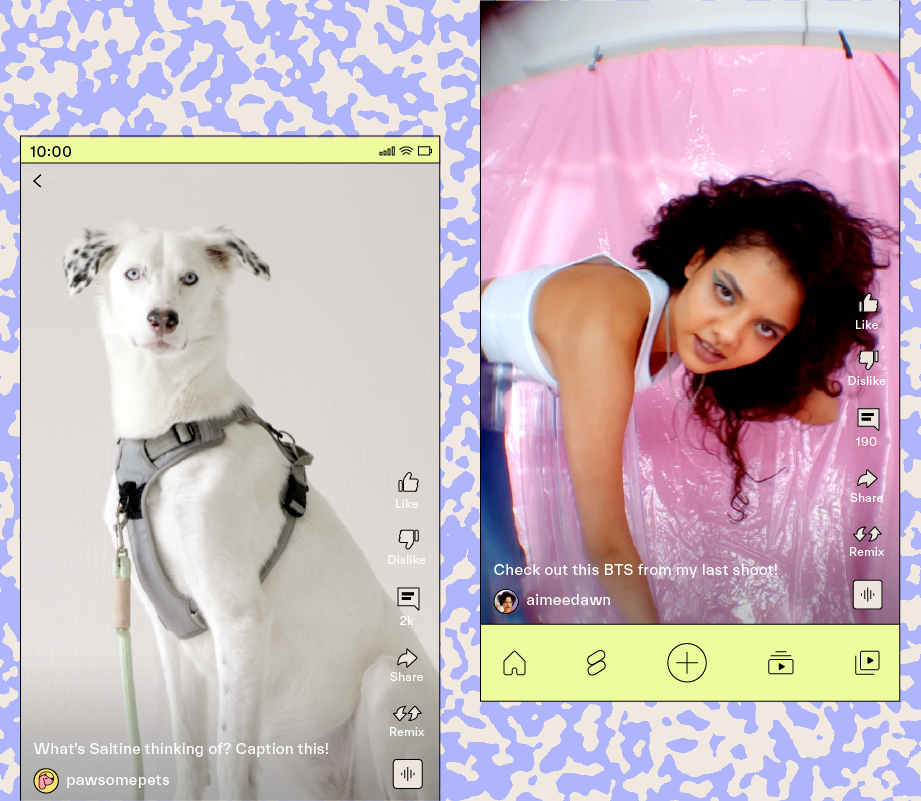

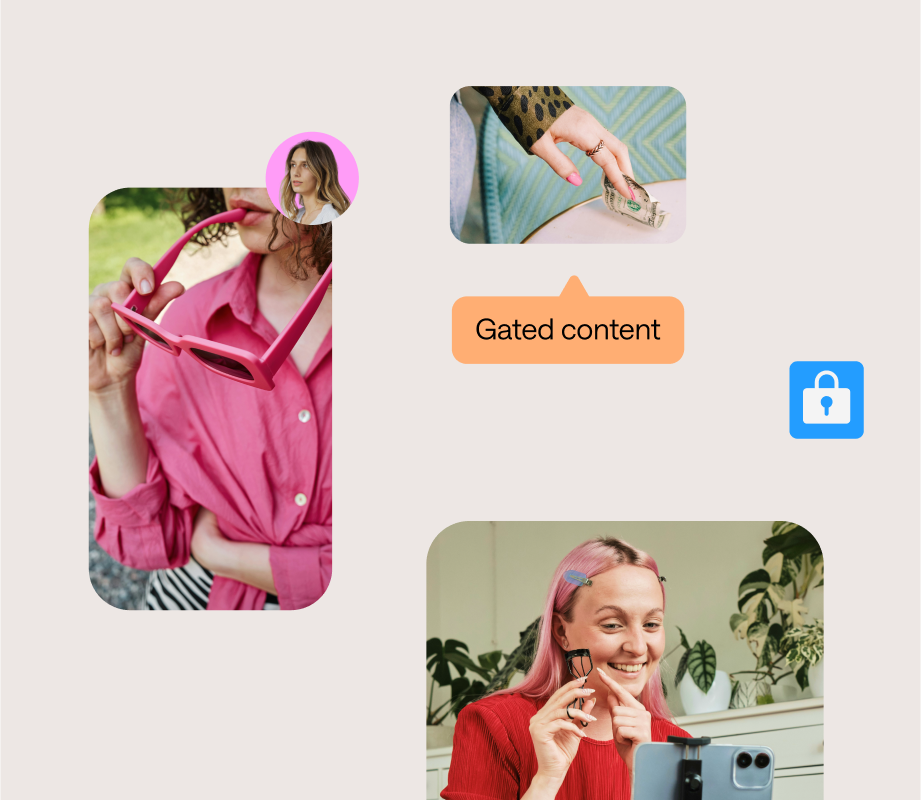

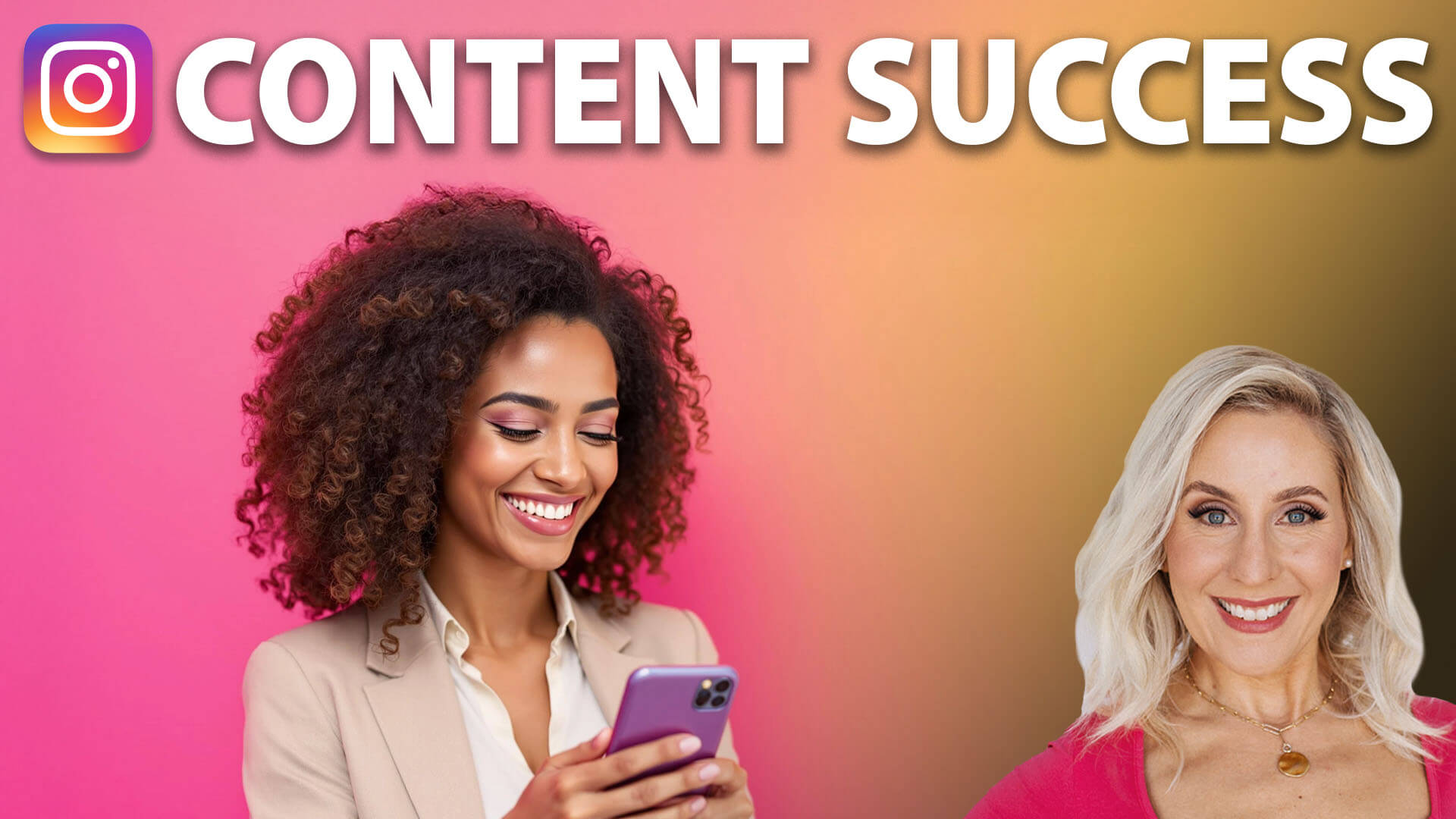

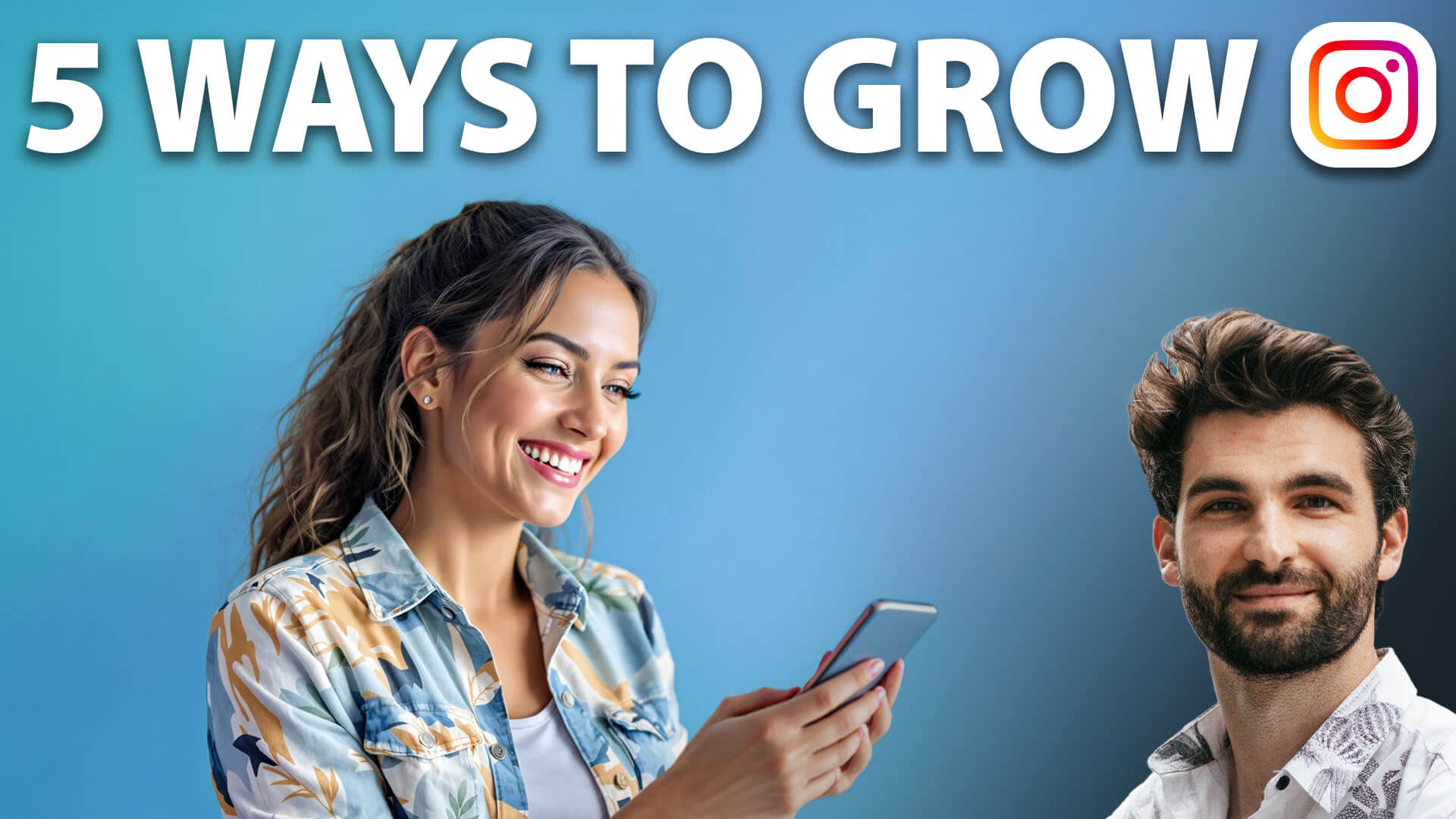




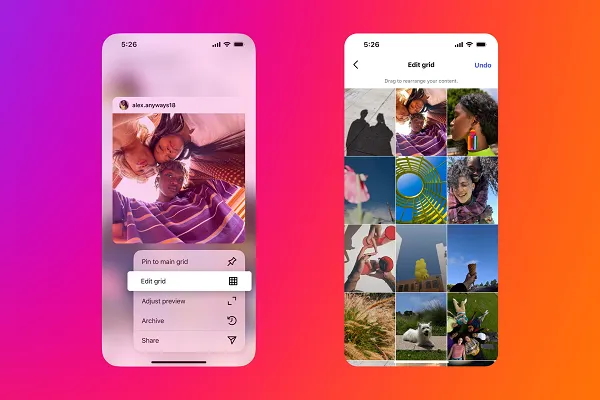
![X Highlights Back-To-School Marketing Opportunities [Infographic]](https://imgproxy.divecdn.com/dM1TxaOzbLu_kb9YjLpd7P_E_B_FkFsuKp2uSGPS5i8/g:ce/rs:fit:770:435/Z3M6Ly9kaXZlc2l0ZS1zdG9yYWdlL2RpdmVpbWFnZS94X2JhY2tfdG9fc2Nob29sMi5wbmc=.webp)
